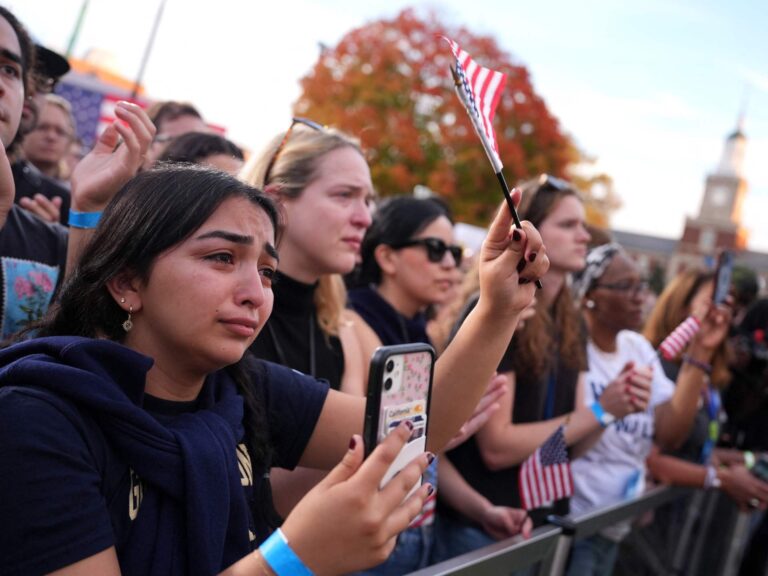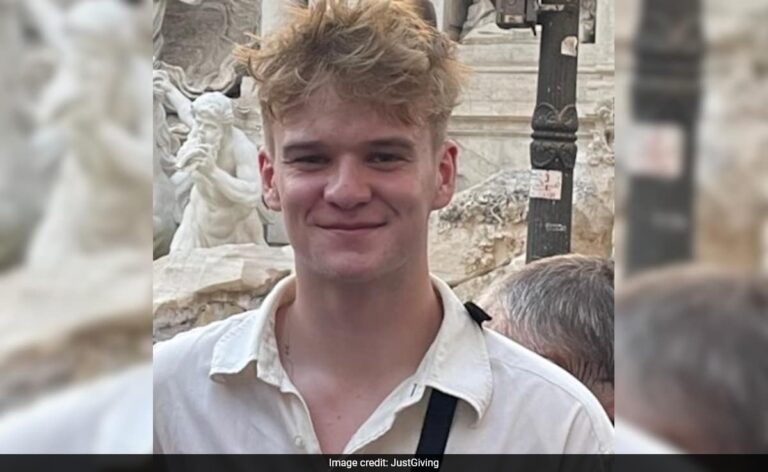Stoughton High School Racism Incident Sparks Community Outrage
Stoughton High School Racism Incident: Community Reacts
Racism, unfortunately, is a topic that remains prevalent in many societies, and it reared its ugly head once again in Stoughton, Massachusetts. Recently, an incident at Stoughton High School ignited a firestorm of outrage within the community, bringing the issue of racism sharply into focus. In this article, we’ll delve into the details of what happened, the immediate repercussions, and how communities can take meaningful steps toward change.
The Incident: What Triggered the Outrage?
Let’s set the stage. It was just another typical day at Stoughton High School until a series of racist text messages were shared among students. The messages were not only shocking but showed blatant disregard for humanity and respect for one another. This incident serves as a pointed reminder that racism still lingers beneath the surface, waiting for unfortunate moments to reveal itself.
The texts in question included derogatory remarks and imagery aimed at specific racial and ethnic groups. It was heartbreaking to know that these hateful sentiments took form in a place meant for learning, growth, and inclusivity. The community’s reaction was swift, as students, parents, and faculty members were understandably incensed at the messages’ content.
The Community Response
As news of the incident spread, community members rallied, expressing their outrage in various forms. Social media was ablaze with hashtags condemning the behavior, and local news outlets had their hands full covering the rapidly developing story. Multiple organized protests took place on school grounds, serving as a platform where voices against racism could rise to the surface.
To articulate the community’s sentiments, many young advocates took to the stage, sharing their own experiences with racism, some echoing sentiments of fear, sadness, and frustration. It was an emotional sight, where passion fueled speeches and united individuals toward a common purpose: eradicating hate from their school, community, and ultimately, society.
Acknowledging the Problem
First things first: an important conversation must occur around what racism is. Often, people think of it as blatant acts of discrimination or hate crimes. However, subtle forms of racism, or microaggressions, can equally affect individuals on a day-to-day basis.
Let’s break it down with a metaphor: think of racism as a weed in a garden. Even if you only see a few visible weeds (those blatant acts), there’s often a substantial, unseen root system beneath the surface—these are the subtle biases and discrimination that can fester unnoticed. If you leave it unchecked, the garden—representative of our community—can become overrun.
Why Is This Incident Significant?
When we discuss incidents of racism in schools, it’s more than just an immediate response to a blatant act; it’s about creating a safe and inclusive environment for all students. This incident at Stoughton High School is indicative of a larger issue—an indication that hateful sentiments can seep into the culture of educational institutions if not explicitly addressed.
Consider this: the youth of today are the policymakers, leaders, and educators of tomorrow. They hold the ability to influence profound societal changes, but how can they cultivate empathy and awareness if their learning environments foster hatred?
A Call for Action: What Needs to Happen?
In light of the Stoughton incident, it’s clear that a robust response is essential. Everyone in the community has a role to play. Here are key actions that can help pave the way for change:
Educational Workshops and Training
One of the most effective ways to combat racism is through education. Schools should consider implementing:
Creating Safe Spaces
Schools can create spaces where students feel safe enough to discuss their feelings and concerns about race and discrimination. These can be forums where students share experiences and explore the significance of diversity and inclusivity.
Leadership Involvement
Having school leadership take a firm stance against racism sends a strong message. They should publicly condemn incidents of hate and establish clear consequences for students who exhibit racist behavior. More importantly, they should be transparent about the steps being taken to create systemic change.
Encouraging Community Dialogue
It’s crucial to bring parents, teachers, and students together for open discussions. Initiating dialogues within the community can help them understand the underlying issues and work together toward meaningful solutions.
Celebrating Diversity
Incorporating various cultural events or diversity weeks can bring students together to celebrate their differences. This approach can help foster an appreciation for different backgrounds rather than allowing hate to take root.
The Road Ahead: Building a New Legacy
While the focus is currently on this unfortunate incident, it presents a unique opportunity for Stoughton High School and the surrounding community to engage in meaningful change. This situation invites reflection: How can we build a culture of acceptance and understanding moving forward?
Beneath the anger and outrage lies the potential for resilience. By fostering an environment that prioritizes empathy and education, Stoughton can shift from being a community faced with conflict to one that is recognized for its proactive stance against hate.
Conclusion
The incident at Stoughton High School serves as a wake-up call about the pervasive issues of racism within our educational institutions. But rather than allowing the conversation to fizzle out, it presents a unique opportunity for growth, education, and transformation. Every community member has a role in this journey, exhibiting that unity can emerge from outrage.
By committing to actions that educate, create safe spaces, and promote diversity, we can begin to transform young minds and hearts, cultivating a society that genuinely values inclusivity. After all, change begins with us.
FAQs
1. What were the specific racist messages sent by students at Stoughton High School?
While the exact content of the messages was not disclosed in-depth, they were reported to include derogatory statements targeting specific racial and ethnic groups.
2. How did the community respond to the incident?
The community responded with outrage, holding protests, utilizing social media to voice their concerns, and organizing conversations focused on combating racism.
3. What actions can schools take to address racism effectively?
Schools can implement educational workshops, create safe spaces, involve leadership in condemning racism, promote community dialogue, and celebrate diversity through events.
4. Why is it essential to discuss subtle racism in schools?
Subtle racism, or microaggressions, can have significant psychological effects. Discussing these helps to cultivate awareness and empathy among students, fostering a safer environment for everyone.
5. How can individuals contribute to combating racism in their communities?
Individuals can educate themselves and others, engage in conversations about race, participate in community events that promote diversity, and condemn racist behavior whenever encountered.







